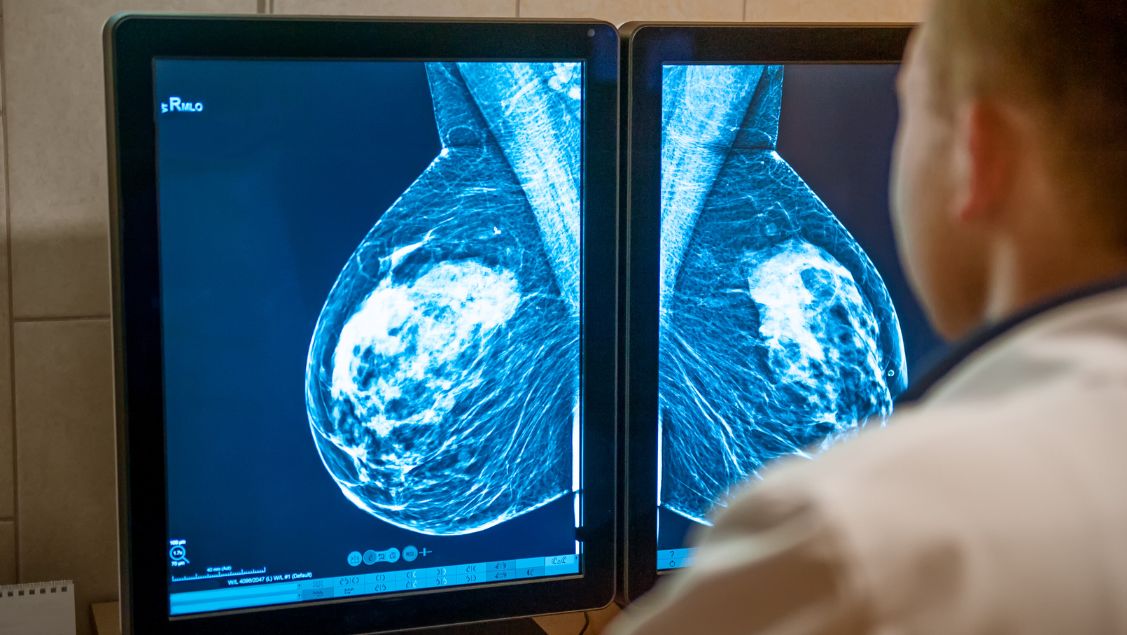Jordan Peel | January 28, 2025
Mammograms are a critical tool in the early detection and prevention of breast cancer, yet many women in rural communities remain underserved in this regard. A recent Community Health Assessment Survey, focusing on patients in rural and frontier areas, highlighted a significant disparity: 40% of rural women of the recommended age had never had a mammogram, compared to the national average of 22%. This alarming statistic underscores the need for targeted interventions to improve mammogram access in rural areas.
Barriers to Mammogram Access in Rural Areas
The barriers to receiving mammograms in rural areas are multifaceted, ranging from geographic isolation and limited healthcare facilities to a lack of awareness and financial constraints. For many women, the nearest healthcare facility equipped to perform mammograms may be hours away, making routine screenings difficult to access.
Additionally, rural healthcare facilities often lack the resources or staffing needed to provide regular mammogram services. This shortage of medical infrastructure contributes to the lower screening rates observed in rural populations, putting women at a higher risk of late-stage breast cancer diagnoses, which are harder to treat and have lower survival rates.
Rural hospitals also face a significant challenge in accessing high-quality radiologists for consistent and timely diagnostic interpretations. Large nationwide radiology groups often overlook small, rural hospitals, deeming them unprofitable and not worth the investment. As a result, these facilities remain underserved, placing women in these communities at a distinct disadvantage when it comes to essential diagnostic care.
Addressing these disparities requires a multifaceted approach. Mobile mammography units, which bring screening services directly to underserved communities, have shown promise in increasing access. These units can travel to remote areas, reducing the distance and time women must travel to receive a mammogram. Telemedicine can also play a role, offering remote consultations and follow-up care that complement in-person screenings.
Inspire Radiology’s Commitment to Rural Communities
At Inspire Radiology, we understand how critical it is for rural hospitals to have access to high-quality, consistent reads. Unlike other radiology groups, Inspire Radiology is willing to partner with small, rural communities when others are not. We recognize the vital role these facilities play in providing healthcare to underserved populations and are committed to bridging the gap.
We provide both onsite and tele-mammography services to rural hospitals, ensuring that women in these areas have access to the vital screenings they need. Our tele-mammography services offer remote consultations and interpretations, enabling timely and accurate diagnoses without the need for long-distance travel.
By leveraging technology and our dedicated team of radiologists, Inspire Radiology helps to reduce some of the barriers that prevent women living in rural communities from receiving regular mammograms. These services are part of our broader commitment to improving healthcare equity, particularly in underserved areas.
Moving Toward Greater Health Equity
The disparity in mammogram access between rural and urban women is a pressing issue that requires immediate attention. By investing in mobile mammography, telemedicine, and partnerships with radiology groups like Inspire Radiology, communities can work toward ensuring that all women, regardless of where they live, have access to the life-saving benefits of regular mammogram screenings.
